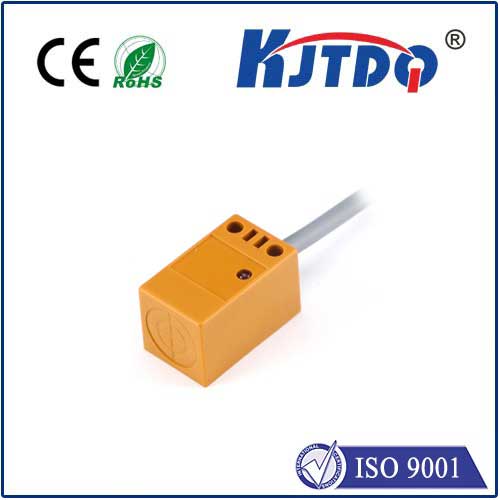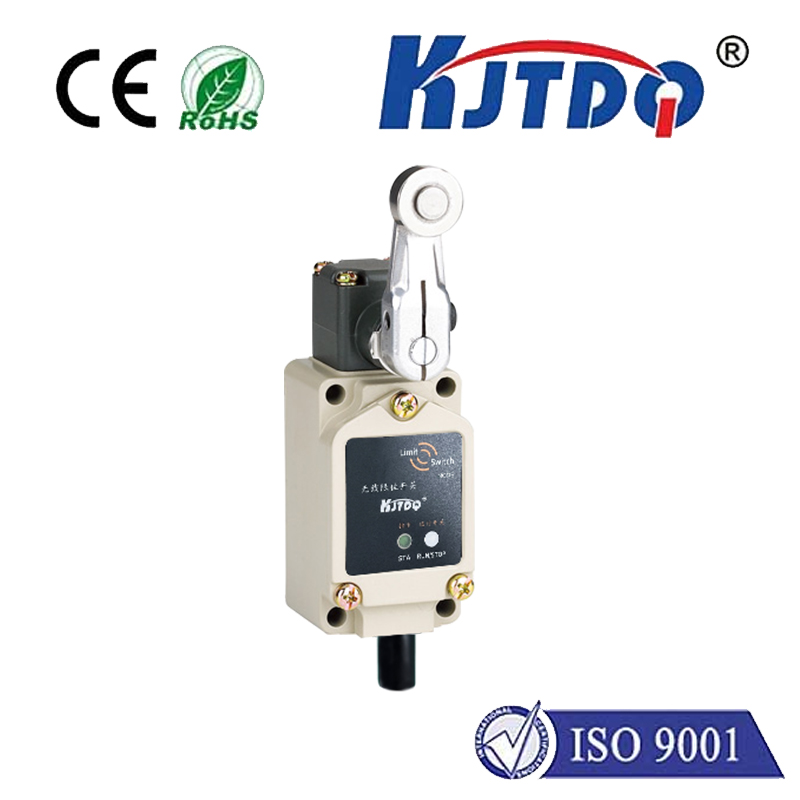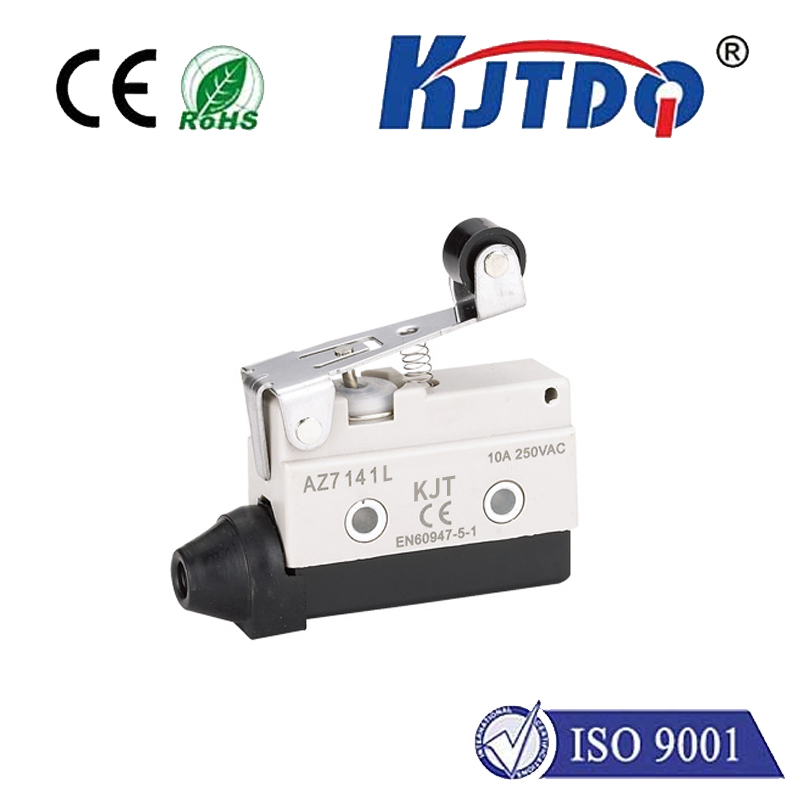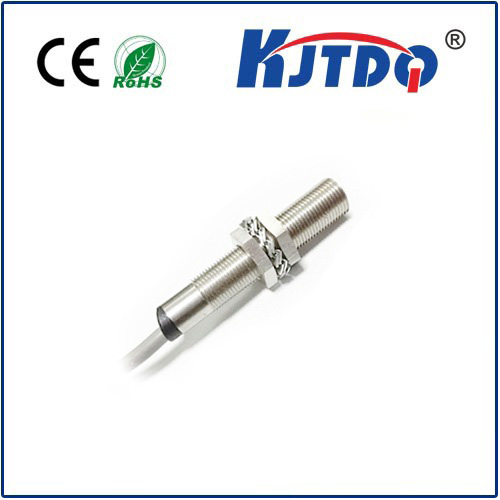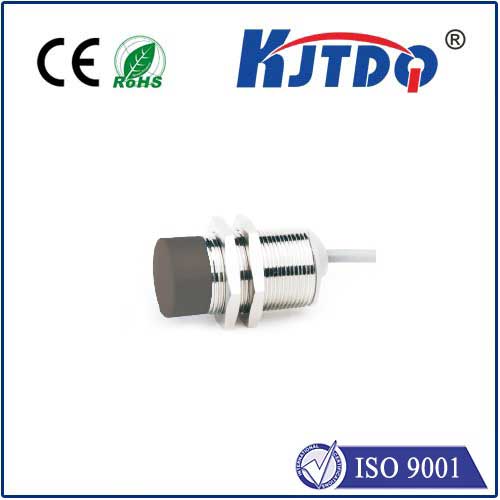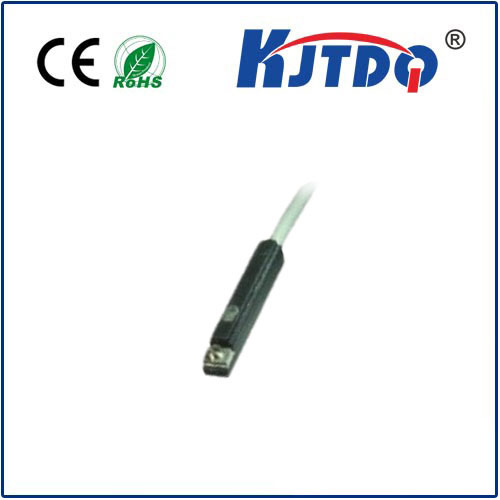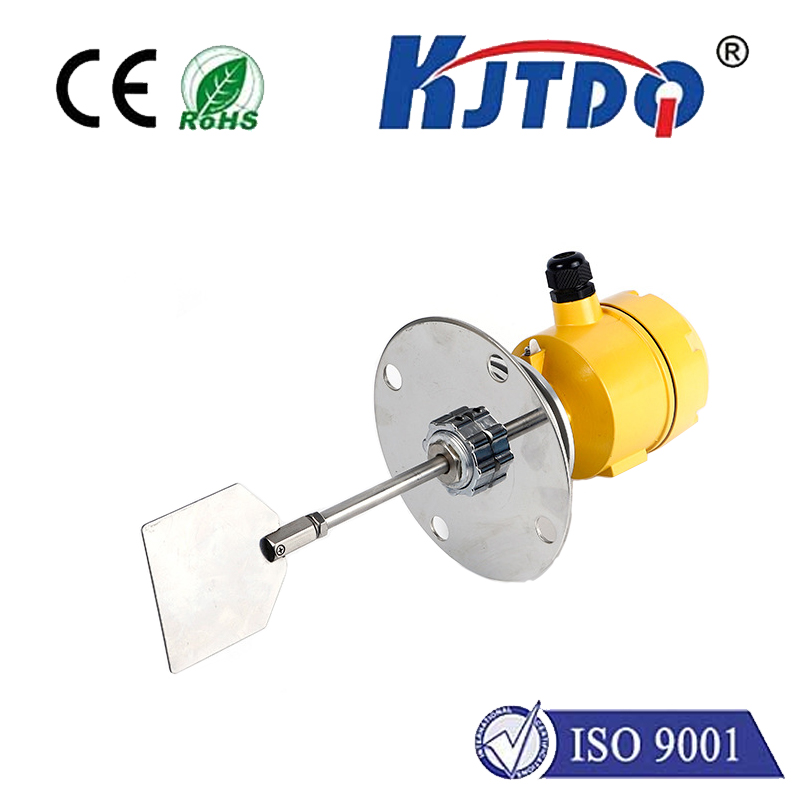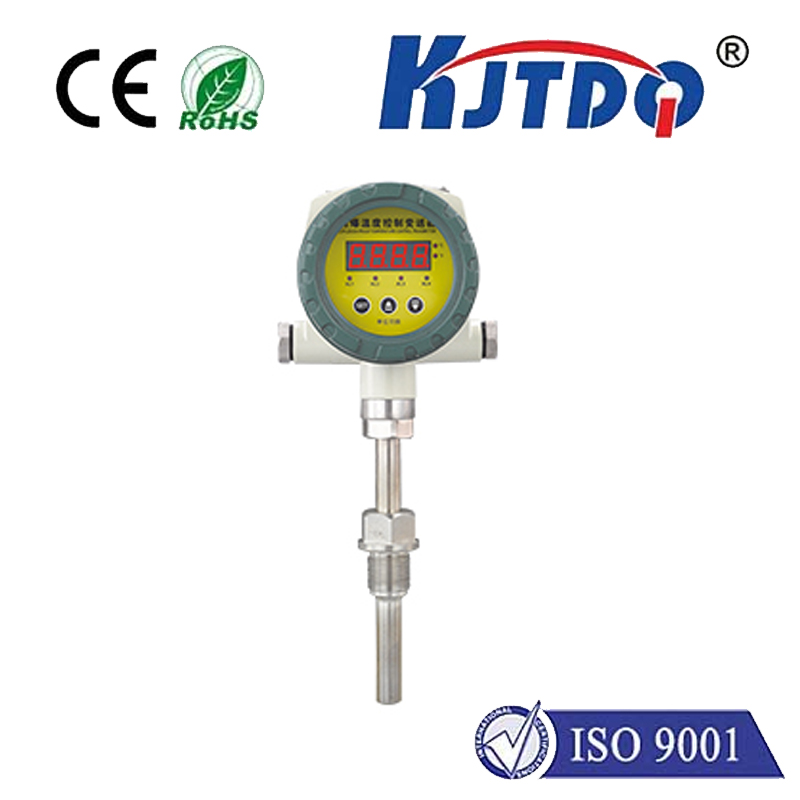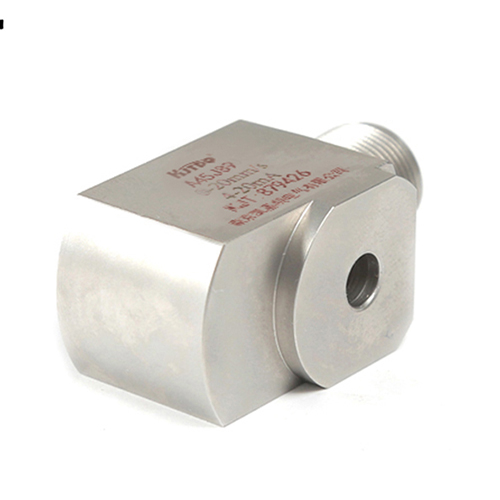

check

check

check

check
Imagine a world where machines see distances and detect objects with unwavering accuracy, operating flawlessly in demanding industrial settings or guiding autonomous robots through complex environments. This isn’t science fiction; it’s the everyday reality powered by the laser sensor module. These compact, intelligent devices are the unsung heroes of modern automation, transforming invisible light beams into actionable data that drives efficiency, safety, and innovation. But how do they achieve this remarkable feat, and where exactly do they shine? Let’s delve into the fascinating world of laser sensor modules.
At its core, a laser sensor module is an integrated electronic device that utilizes a focused beam of laser light to detect, measure distance to, or identify the presence or absence of an object. Unlike simple LED-based sensors, the coherence and focus of a laser beam provide significantly superior accuracy and range, even over substantial distances or in challenging ambient light conditions. The fundamental principle revolves around emitting a laser pulse or beam and analyzing its reflection.
The magic happens through several key components typically packed within the module:

Laser sensor modules primarily leverage two core measurement principles, each suited to different applications:
Laser Triangulation: This method excels at short to medium-range, high-precision distance measurement. The laser diode projects a spot onto the target. The reflected light travels back at an angle and strikes a position-sensitive detector (like a CMOS sensor) within the module. As the target distance changes, the position of the reflected spot on the detector shifts. The module’s processor calculates the exact distance based on this positional shift and the known geometry (the triangle formed by emitter, target, and detector). Triangulation modules are prized for their micron-level accuracy in applications like displacement measurement, thickness gauging, and surface profiling.
Time-of-Flight (ToF): ToF modules measure the time it takes for a laser pulse to travel to the target and back to the sensor. Since the speed of light is constant, the distance is calculated using the simple formula: Distance = (Speed of Light × Time of Flight) / 2. ToF laser sensor modules typically offer longer measurement ranges compared to triangulation and are excellent for applications like object detection on AGVs (Automated Guided Vehicles), bulk level monitoring in silos, or collision avoidance systems where moderate precision over several meters is required. Modern ToF modules often utilize continuous wave modulation and phase detection for improved performance.
The widespread adoption of laser sensor modules is driven by compelling benefits:
The versatility of laser sensor modules makes them indispensable across countless industries:
Choosing the optimal module requires careful consideration of your application’s needs:
From ensuring the flawless assembly of intricate electronics to guiding robots through dynamic warehouses, the laser sensor module is a cornerstone of intelligent system design. Its ability to deliver non-contact, high-precision, and reliable measurement and detection empowers engineers and innovators to create smarter, safer, and more efficient solutions across the technological spectrum. As laser and signal processing technologies continue to advance, these modules will become even smaller, faster, more accurate, and resilient, further solidifying their role as the essential eyes of automation. Whether optimizing a manufacturing line or enabling the next generation of autonomous systems, the laser sensor module provides the critical data needed to bridge the gap between intention and action.
